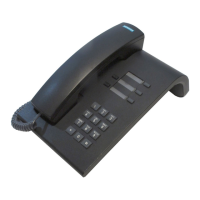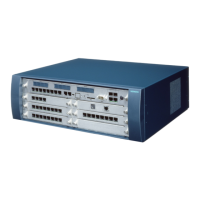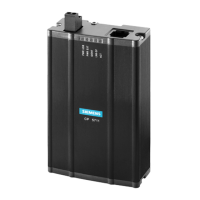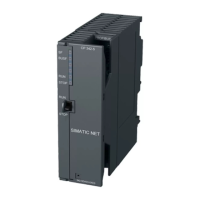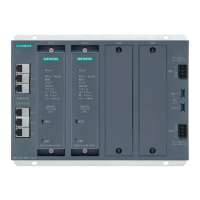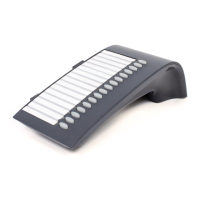7.5 Features for Incoming external traffic
7.5.1 Call Allocation
Definition
Within Call Management, there are two call allocation tables for incoming calls on the existing analog
or digital lines. One of these tables is evaluated during day service, while the other is evaluated during
night service. The tables are used to define the telephone extensions to which the call should be
forwarded. Thus, a line can be allocated to one extension only as required.
Model-Specific Data
Subject OfficePro OfficeCom OfficePoint OfficeOne
Feature available in x x x x
HW requirements - - - -
SW requirements As of Rel. 1.0 As of Rel. 1.0 As of Rel. 1.0 As of Rel. 1.0
Dependencies/Limitations
Subject Dependency/Limitation
DTMF DID Sometimes an analog call may be released before call forwarding - no answer
has been completed. This is caused by fixed timers which are intended to
prevent lines from "getting stuck".
Call allocation table Several calls can queue simultaneously at the terminals that are entered in the
call allocation table.
Intercept If an extension cannot be found to which the call is to be forwarded, the call is
intercepted.
Configuration options
The feature can be configured using:
Hicom Assistant T / Hicom Assistant E
Programming Feature Via Hicom Assistant T
Configure the feature via Hicom Assistant T as follows:
Step Action
1. Configure call allocation
*9531994
2. 16-16 => Call Management Inc - Non DID,Day
Hicom 150 E Office Rel.1.0 Service Manual - 7.5 Features for Incoming external traffic
http://cmweb01.mch.pn.siemens.de/e_doku/en/h150/h15/30/sh/2/15_75.htm (1 of 18) [06/04/2000 13:10:27]

